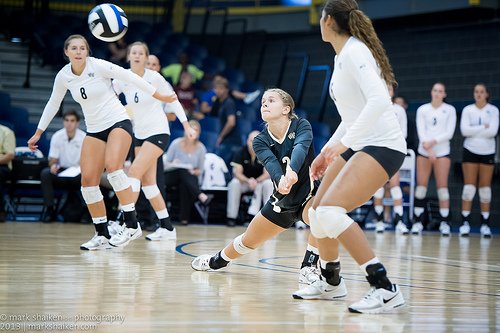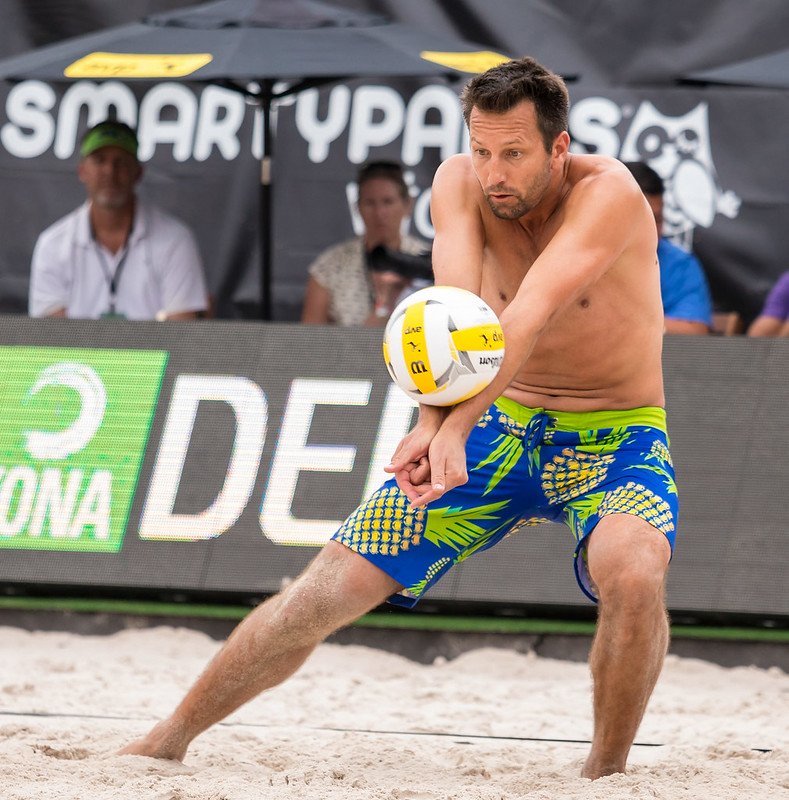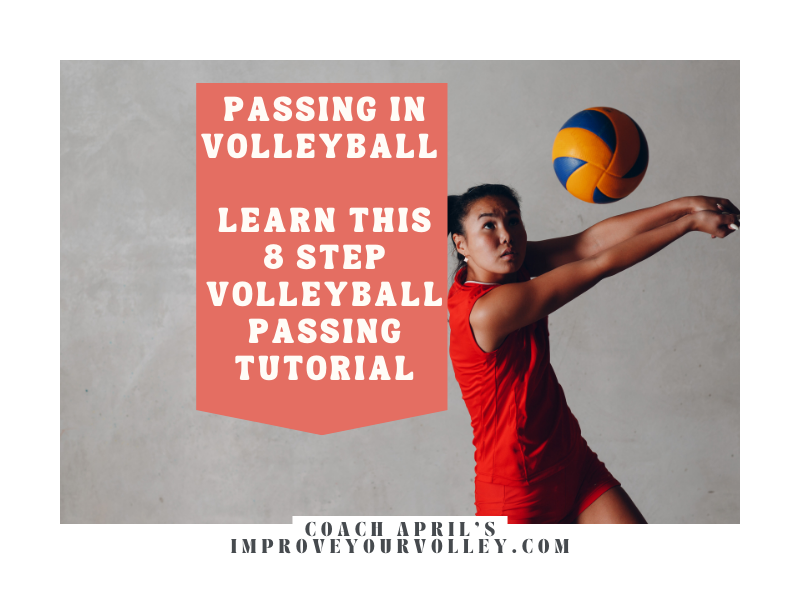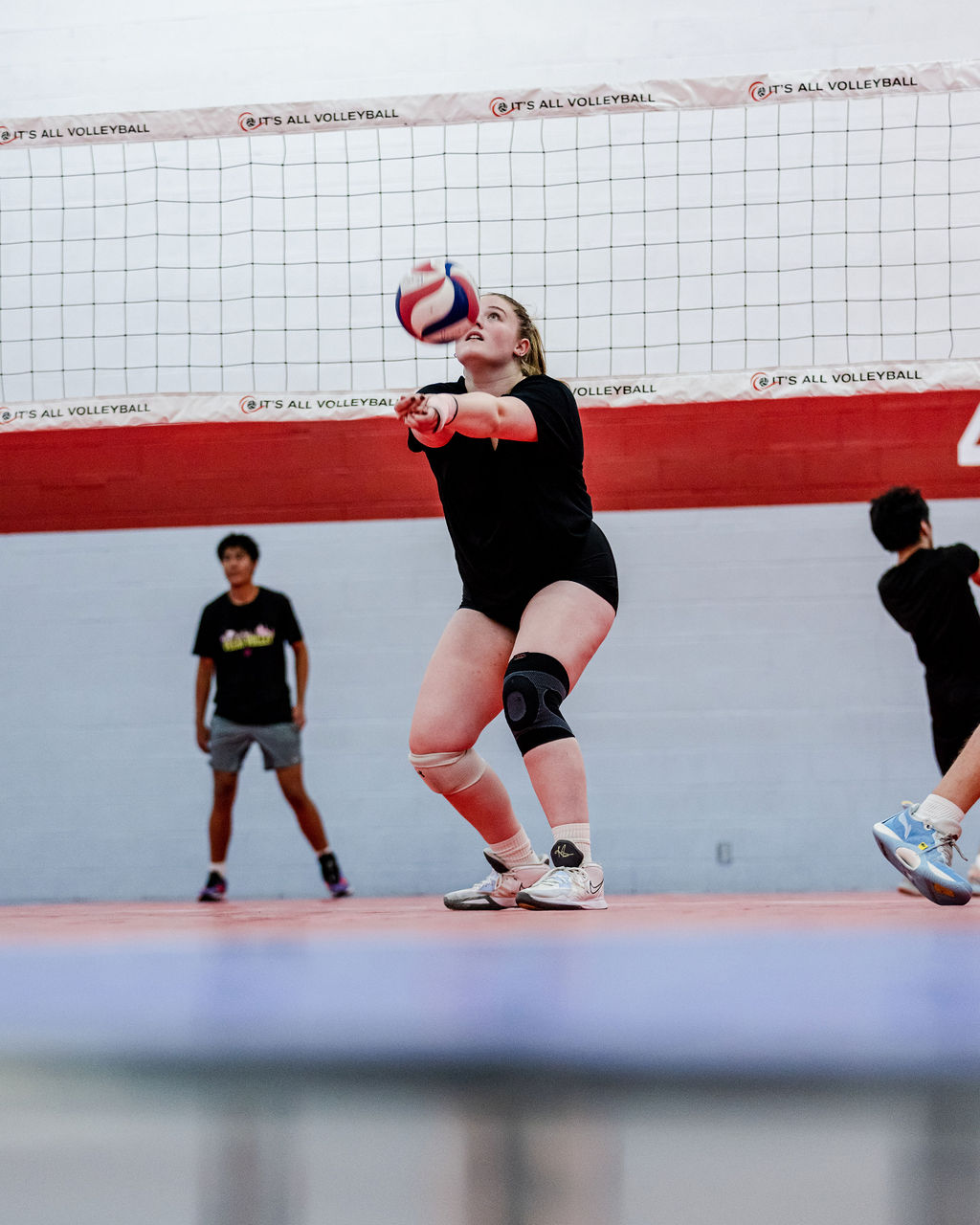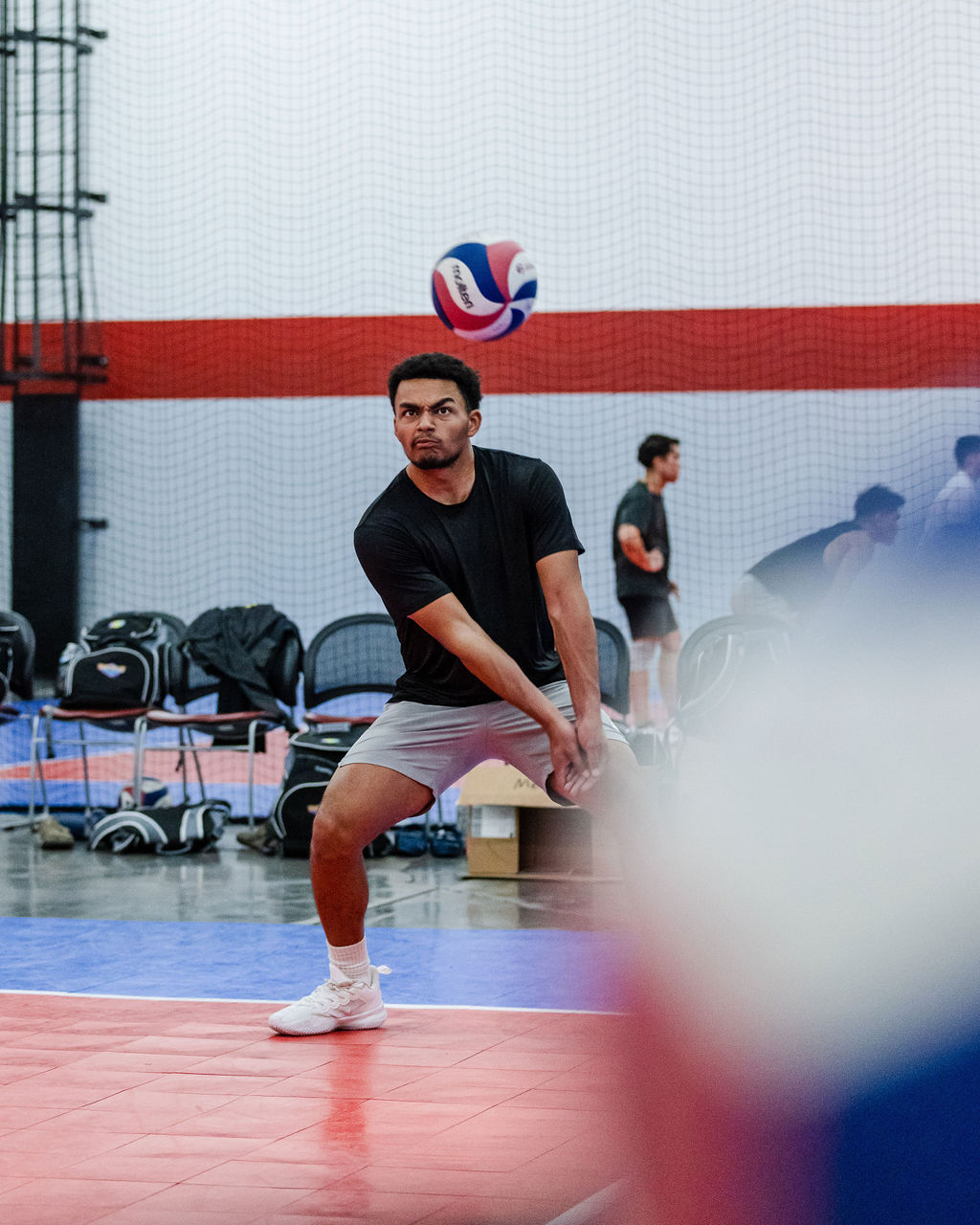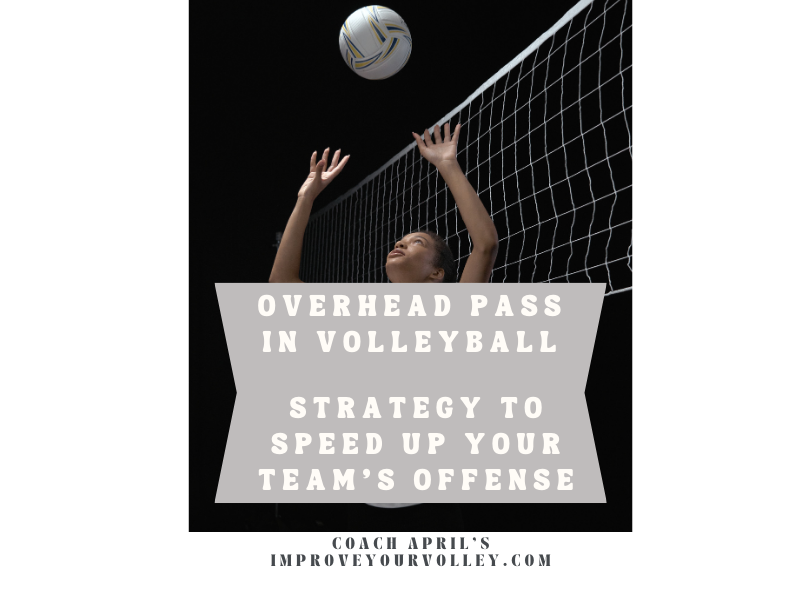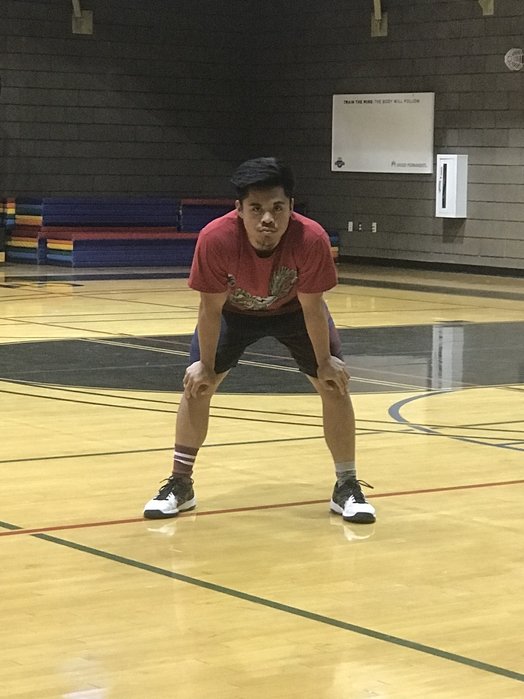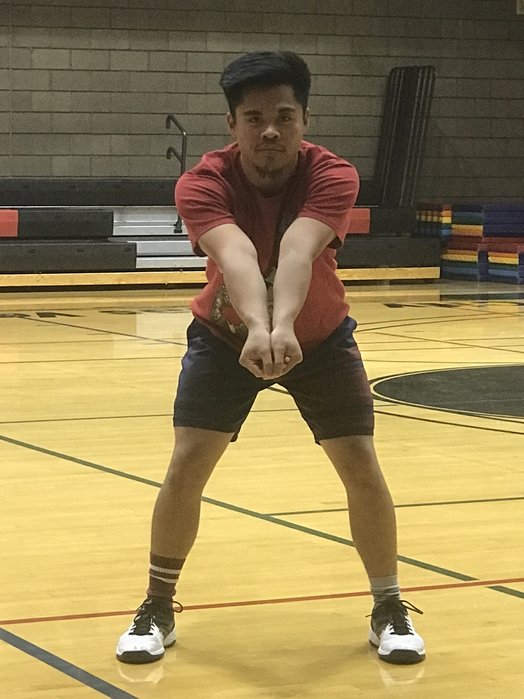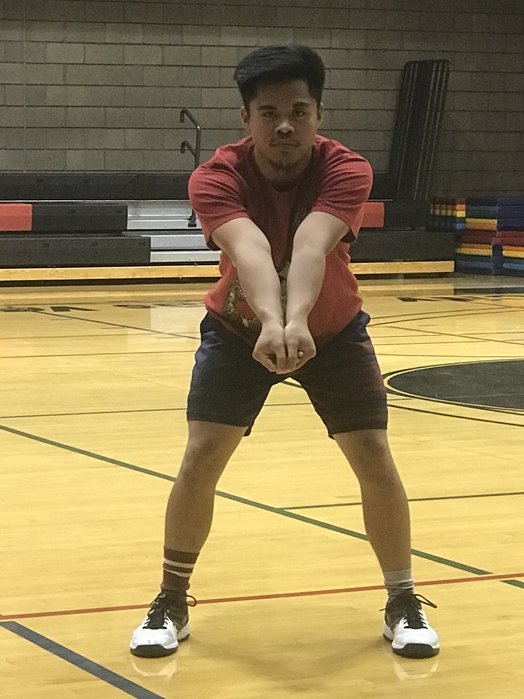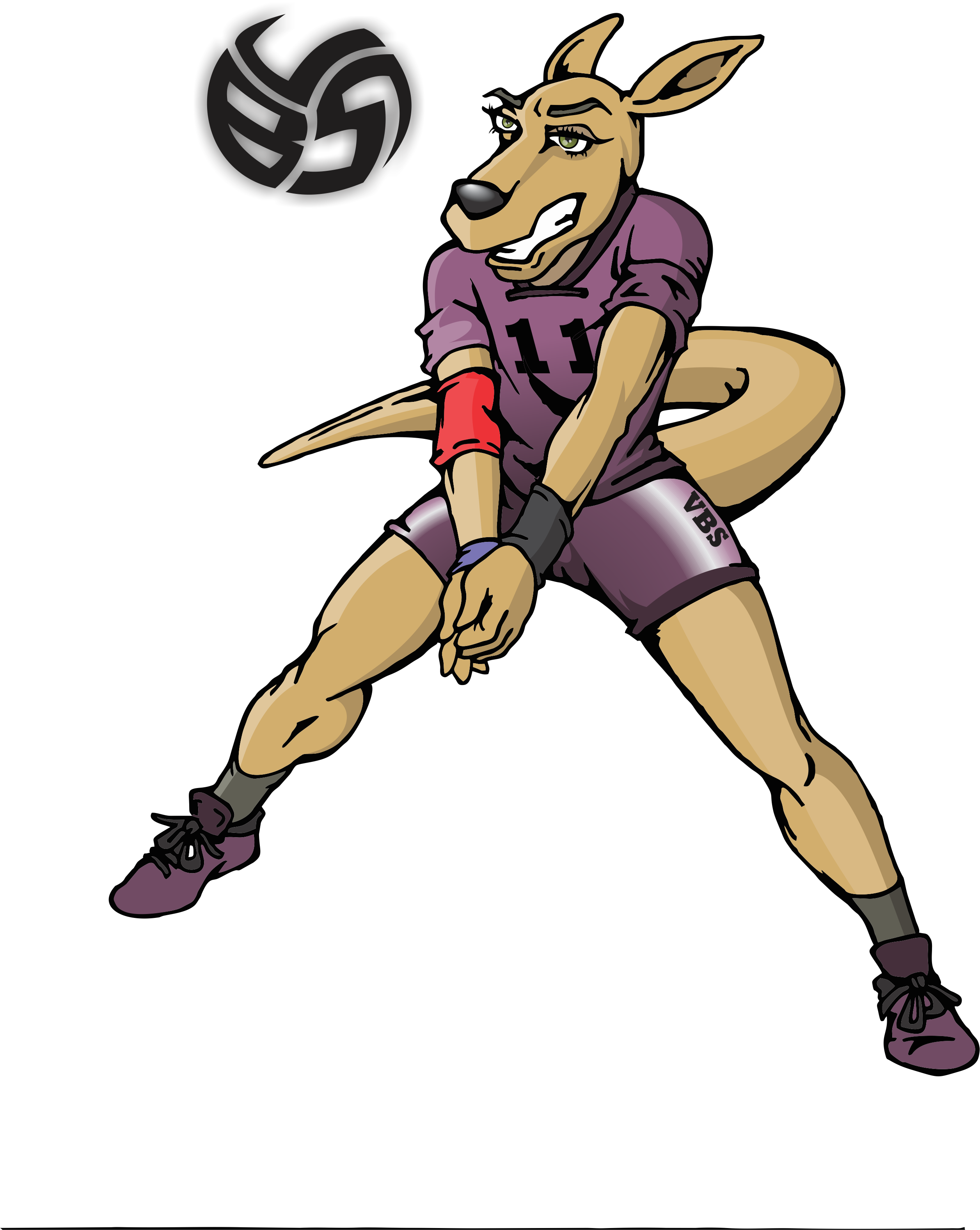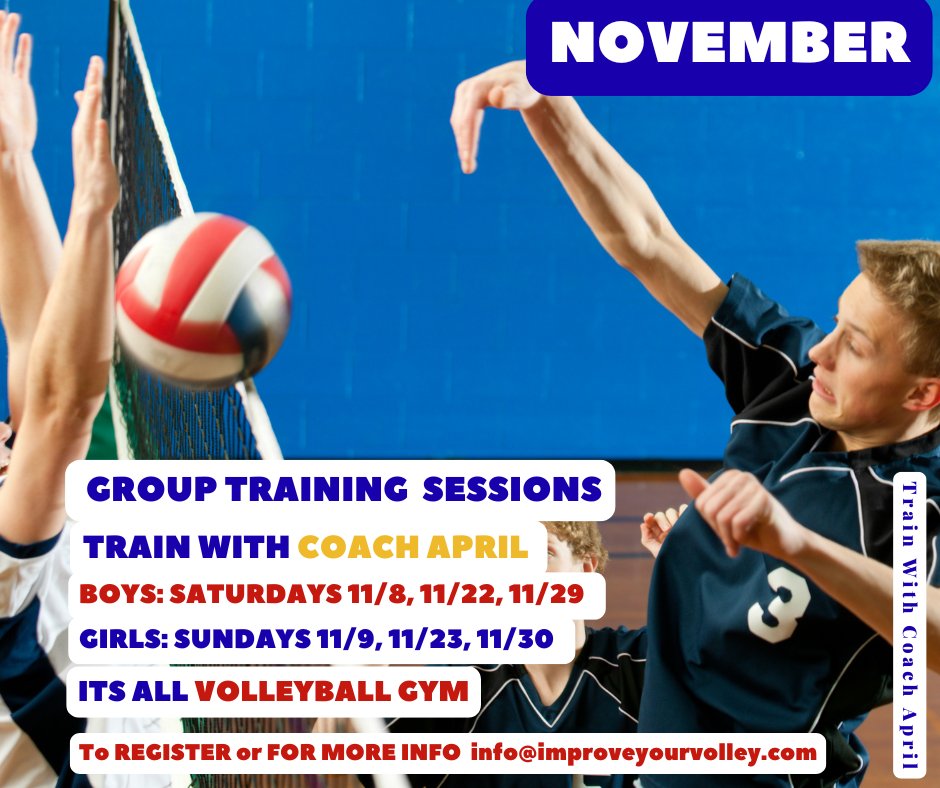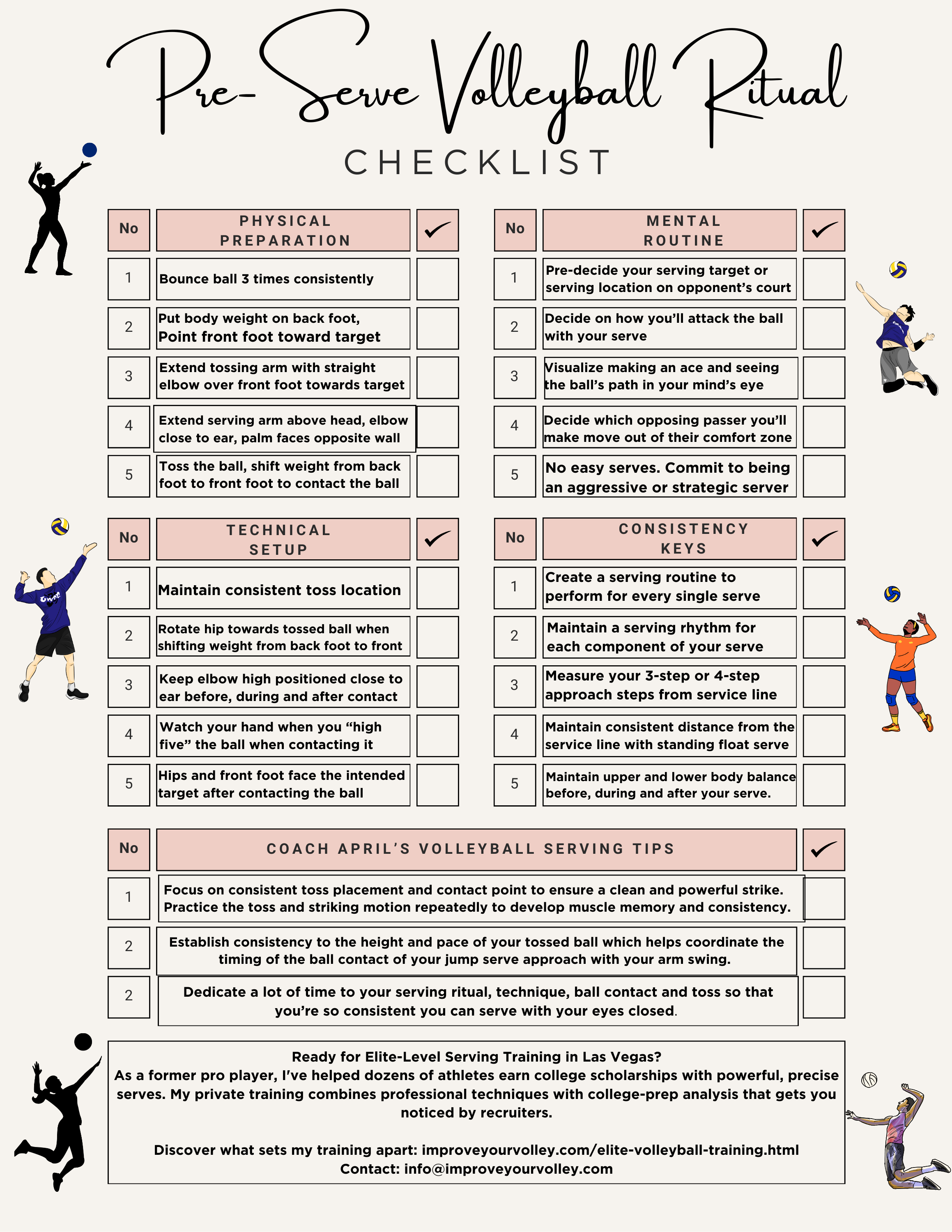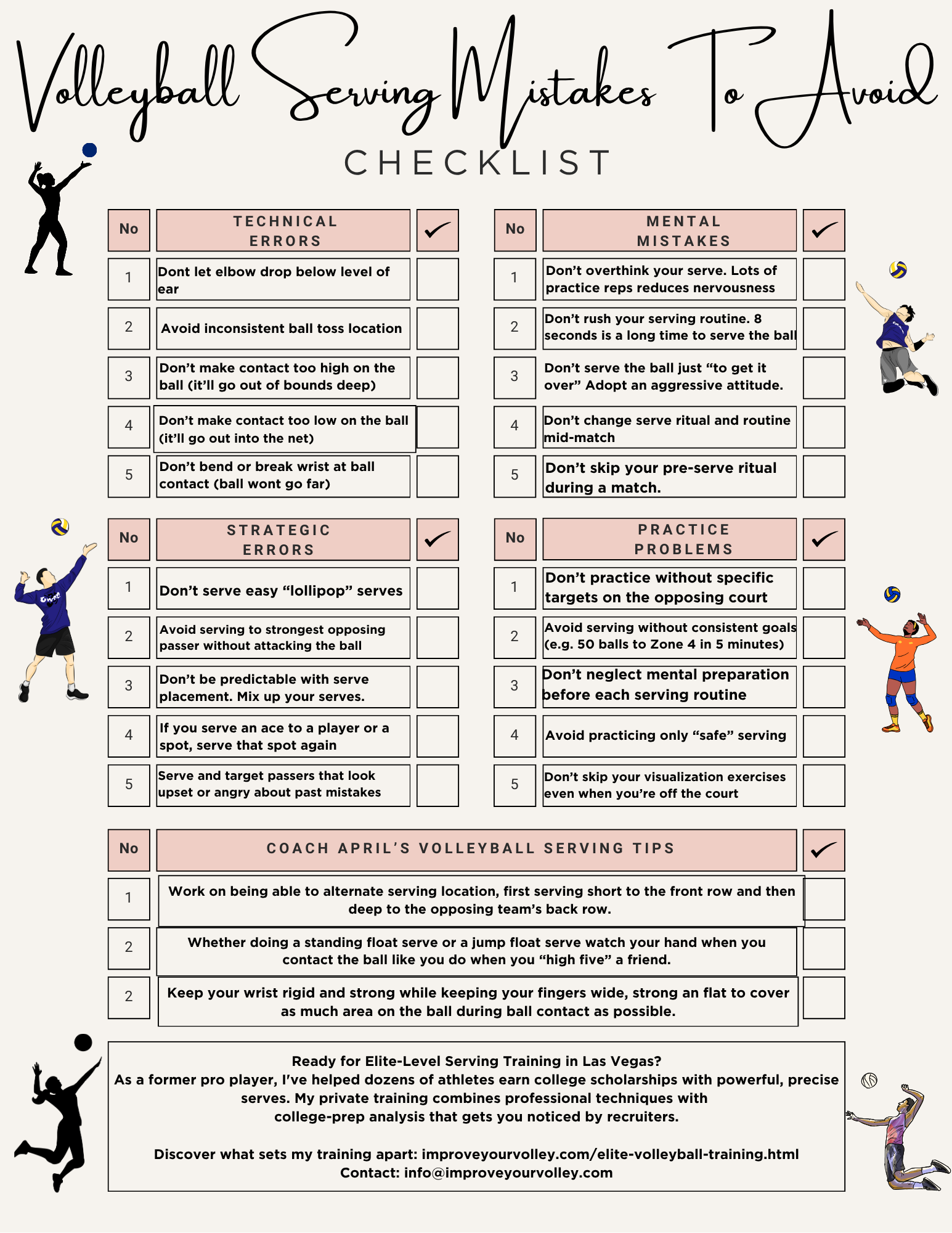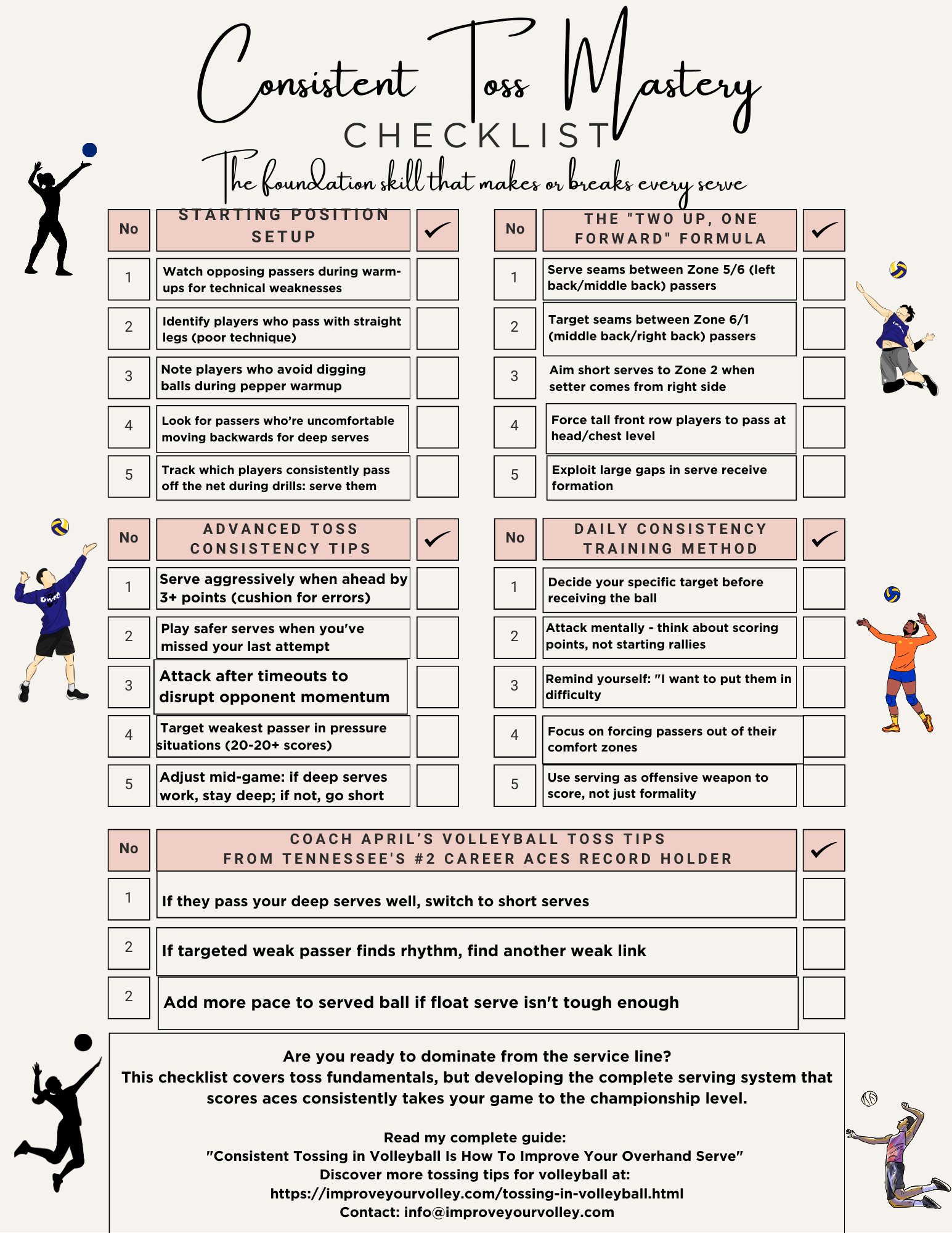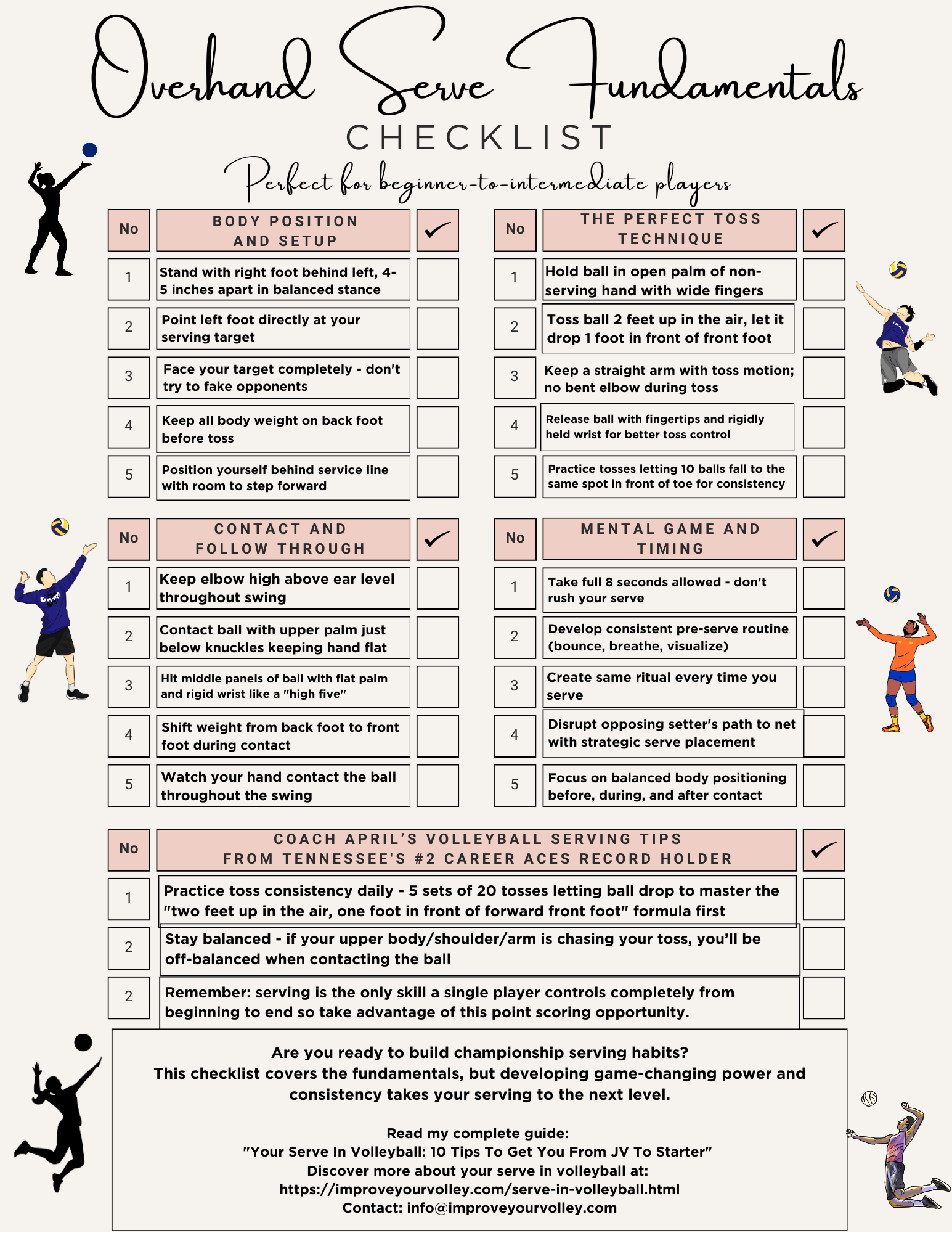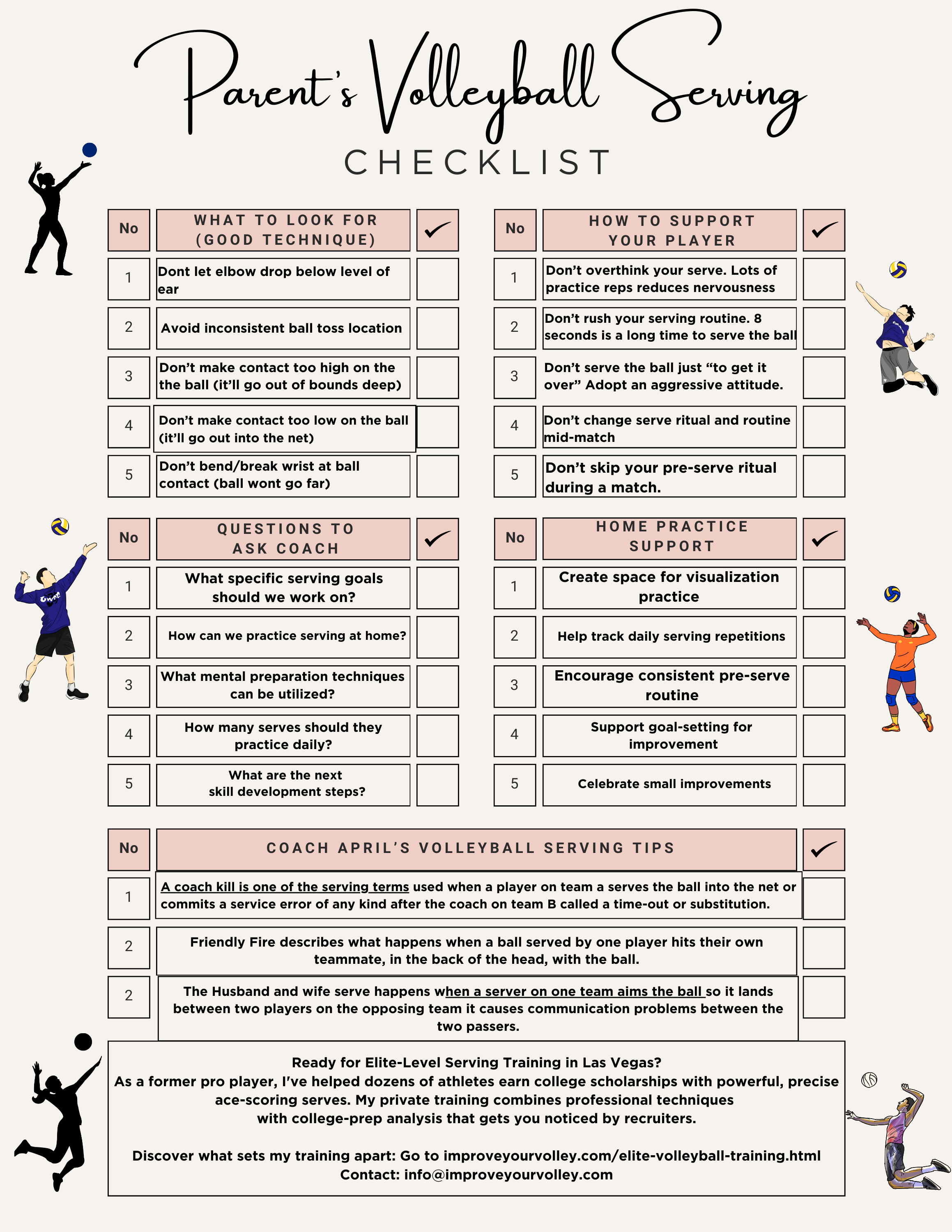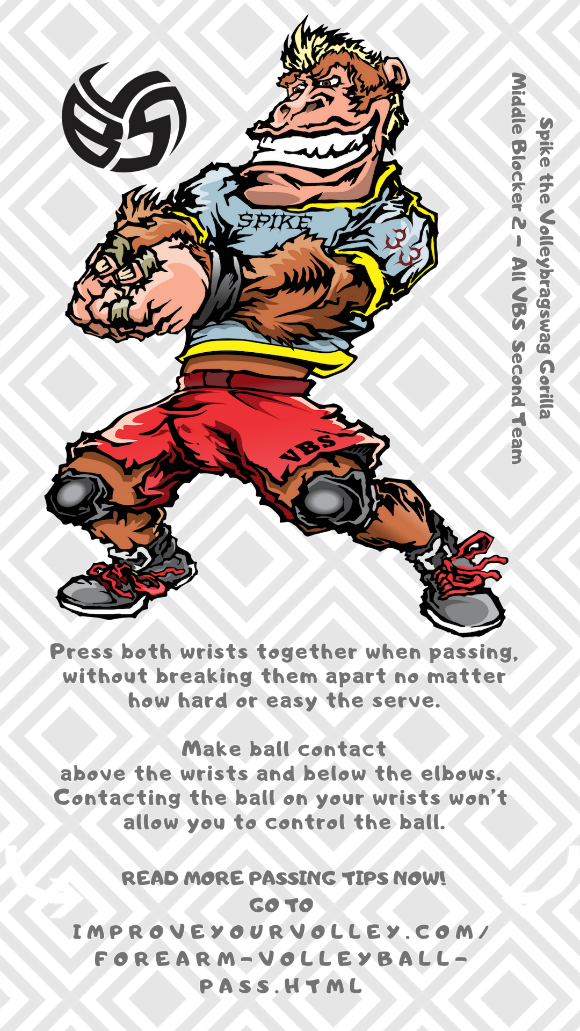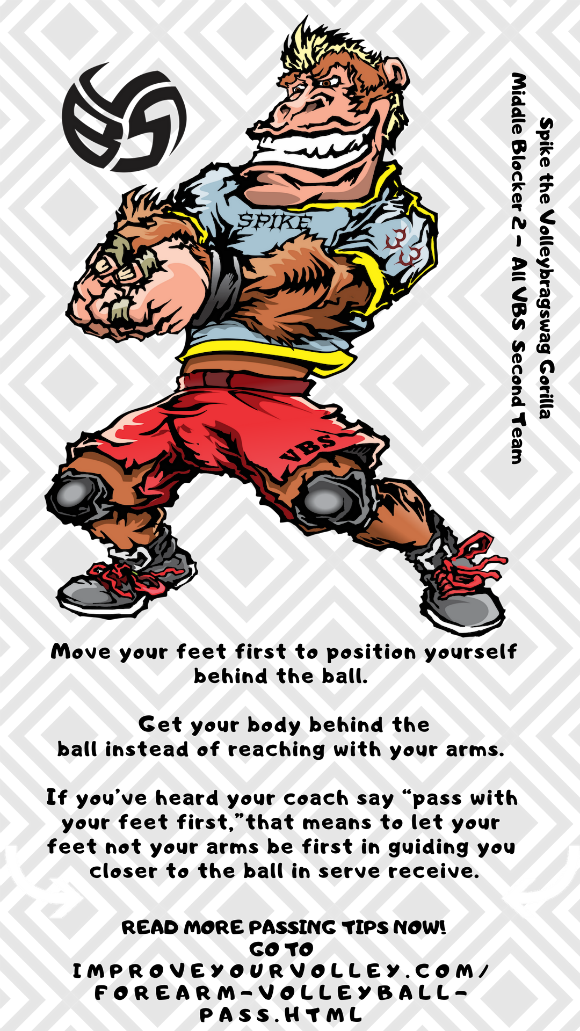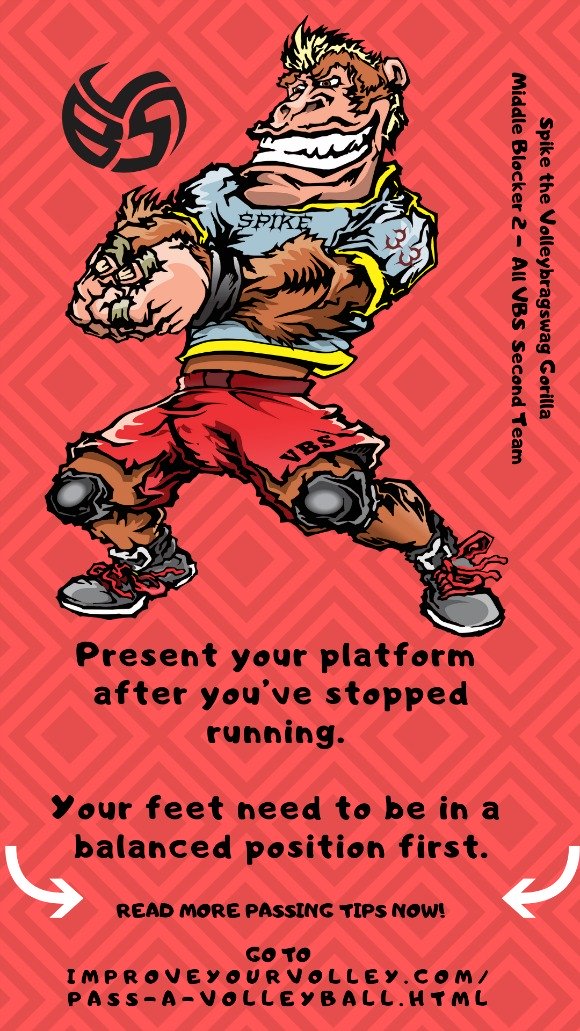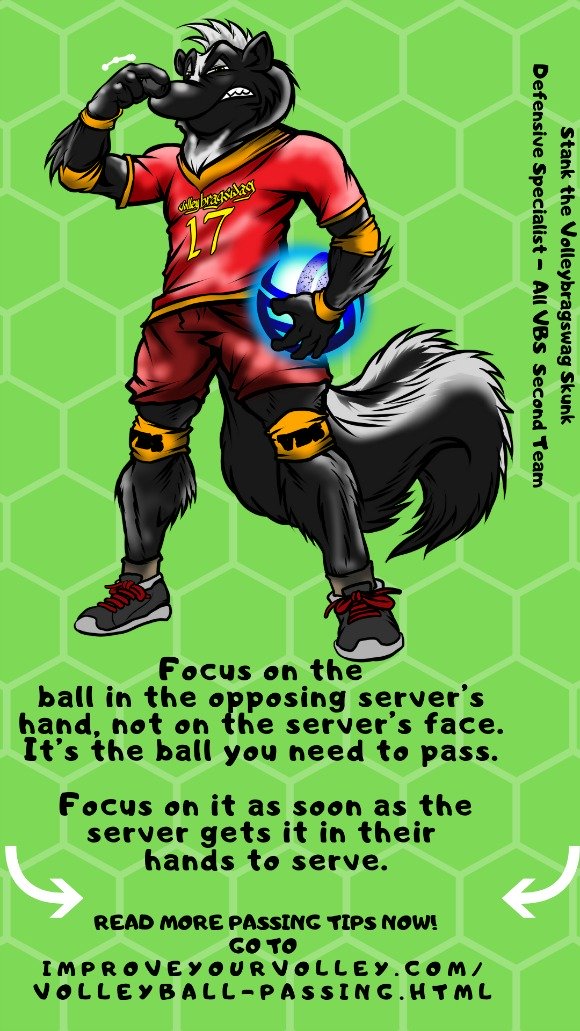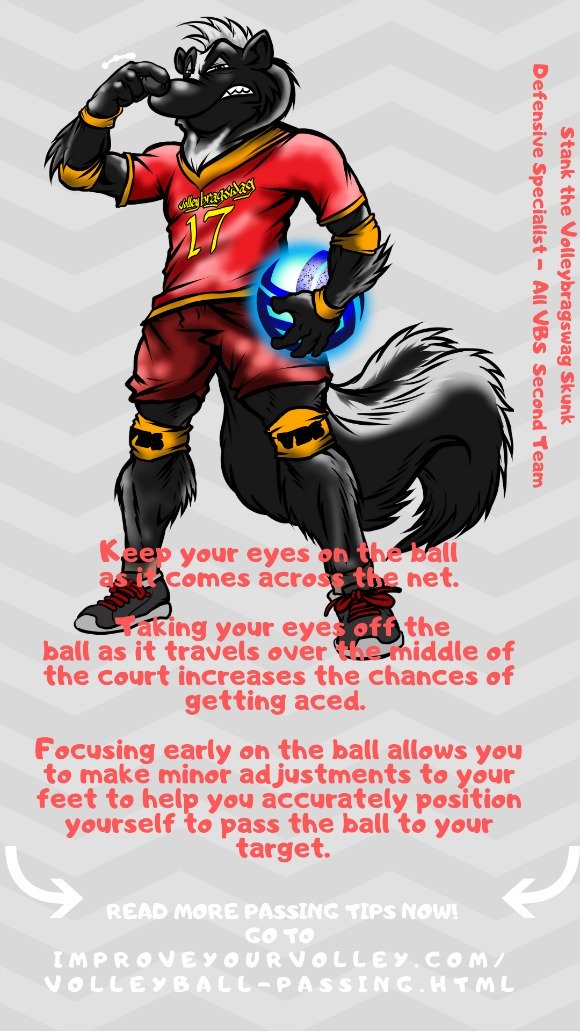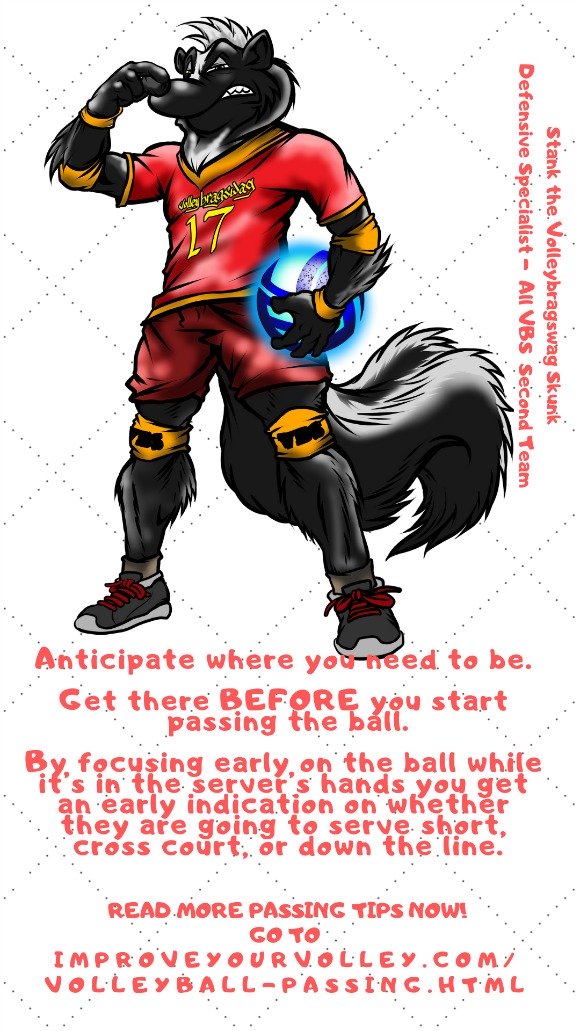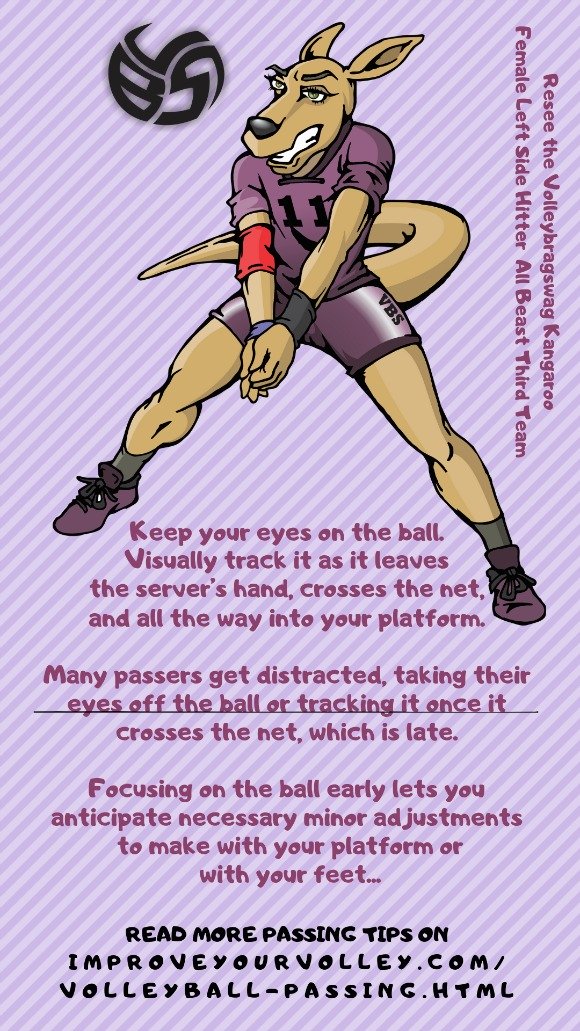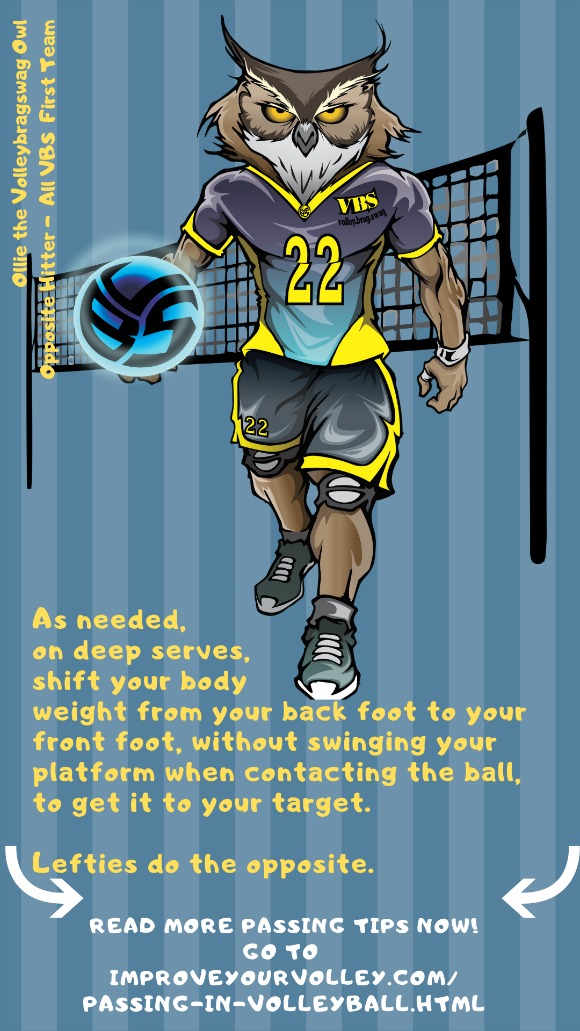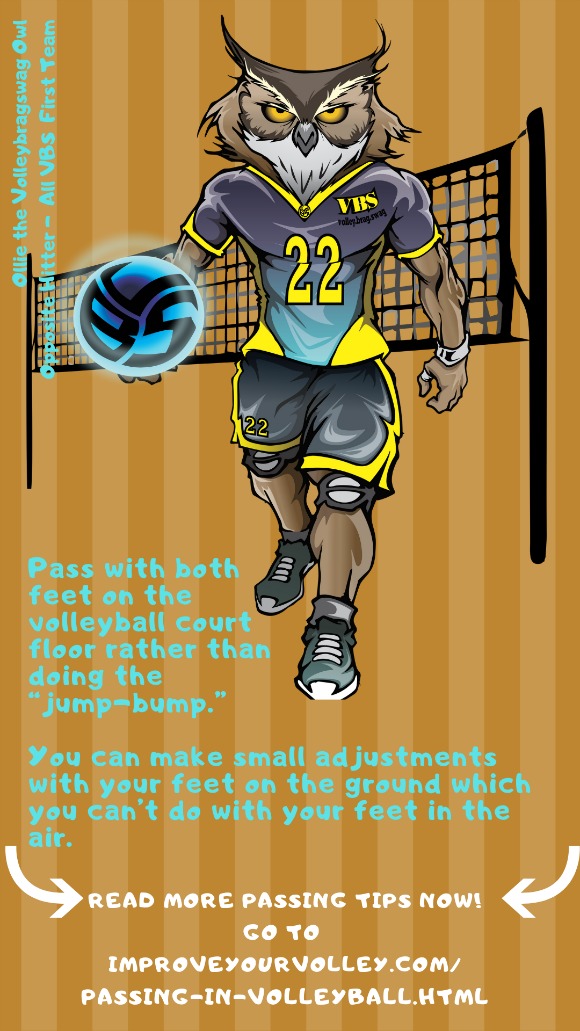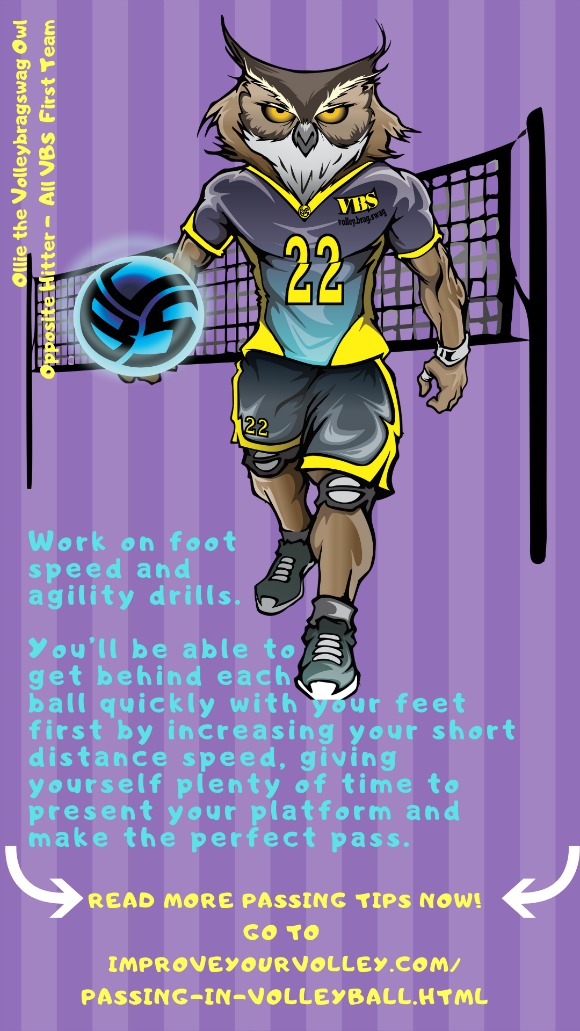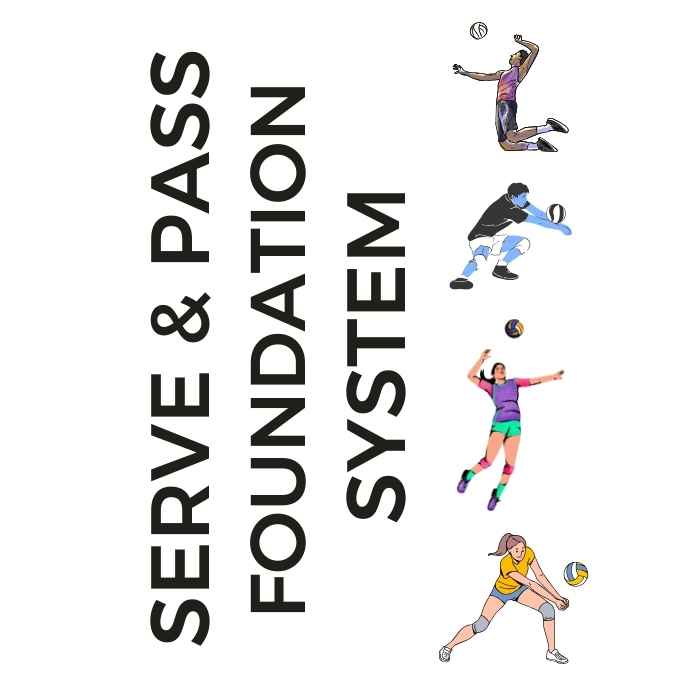
Serve + Pass Foundation System: The Complete Skills Arsenal The two-skill mastery system that transforms inconsistent players into the athletes coaches build their lineups around. Stop Struggling With The Two Most Important Skills In Volleyball!
- Improve Your Volleyball with Coach April
- The Best Volleyball Drills
- Volleyball Passing Fundamentals An 8 Step Review
Volleyball Passing Fundamentals An 8 Step Review of Basic Pass Skills
These volleyball passing fundamentals review in 8 easy to understand steps the basic technical skills needed to pass a ball correctly to the intended target.
Volleyball Passing Fundamentals
Learn the Do's and Don'ts on Passing In Volleyball
Volleyball Passing Form: When Passing Face The Net, Drop The Inside Shoulder and Angle Your Platform
Passing in Volleyball: When Passing Avoid Turning To Face Your Target When You Bump A Volleyball
Passing in Volleyball: When Passing Beat The Ball Dont Time The Ball
Passing Don'ts in Volleyball: When Passing Dont Turn To Face The Target Just Angle Your Platform
Passing in Volleyball: When Passing Dont Turn To Face The Target Keep Shoulders Parallel To The Net
Passing in Volleyball: When Passing Track The Ball When Its In the Opposing Server's Hands Slo Mo
A quick 8 step review..on passing in volleyball
1. Feet shoulder width apart with right leg slightly in front of the left. Shoulders and upper body in slight crouch ready to move in any direction quickly.
2. Anticipate where you need to be and get there BEFORE you start to pass the ball keeping arms and hands apart.
3. Get stopped with right foot slightly in front of the left.
5. When contacting the ball don't swing your arms to serve receive - keep your platform below your shoulders and thumbs pointing to the ground - always.
Use YOUR LEGS to get the ball to the target by shifting your body weight from your back (left) foot to your front (right) foot.
6. Shoulders should already be squared to the net before you contact the ball so you don't have anymore adjusting to do with your arms once you contact the ball.
7. Keep your eyes on the ball.
Visually track it as it leaves the servers hand all the way to your platform. By focusing on the ball you can tell if you need to make minor adjustments in the angle of your platform in order to get the ball to your target.
Watch how Aubrey moves her midsection out of the way deciding early which side of her body she is going to open up and get out of the ball's path while putting her passing platform outside of her body line in the path of the ball while keeping her inside shoulder angled towards her target.
Angle your inside shoulder towards your intended target keeping elbows and arms straight by keeping thumbs pointed to the ground.
Freeze your platform on ball contact without swinging your arms. This freezing action keeps the ball in the air longer and it allows the setter to read and anticipate where the pass is going ..alot easier.
Watch as my client college middle blocker Ariana Robinson in a passer vs server drill working on freezing her platform after making contact with the ball.
8. Have fun playing volleyball in your next indoor volleyball game, match or tournament!
Ready to take your passing to the next level?
I help dedicated players who've plateaued in their passing game to elevate to next-level serve receive skills using elite training practices that transform good passers into college-recruitment-worthy players..
My private training sessions are specifically designed for college-bound athletes who refuse to settle for "good enough" serving.
Limited spots available for serious players only.
Frequently Asked Questions about Volleyball Passing Fundamentals
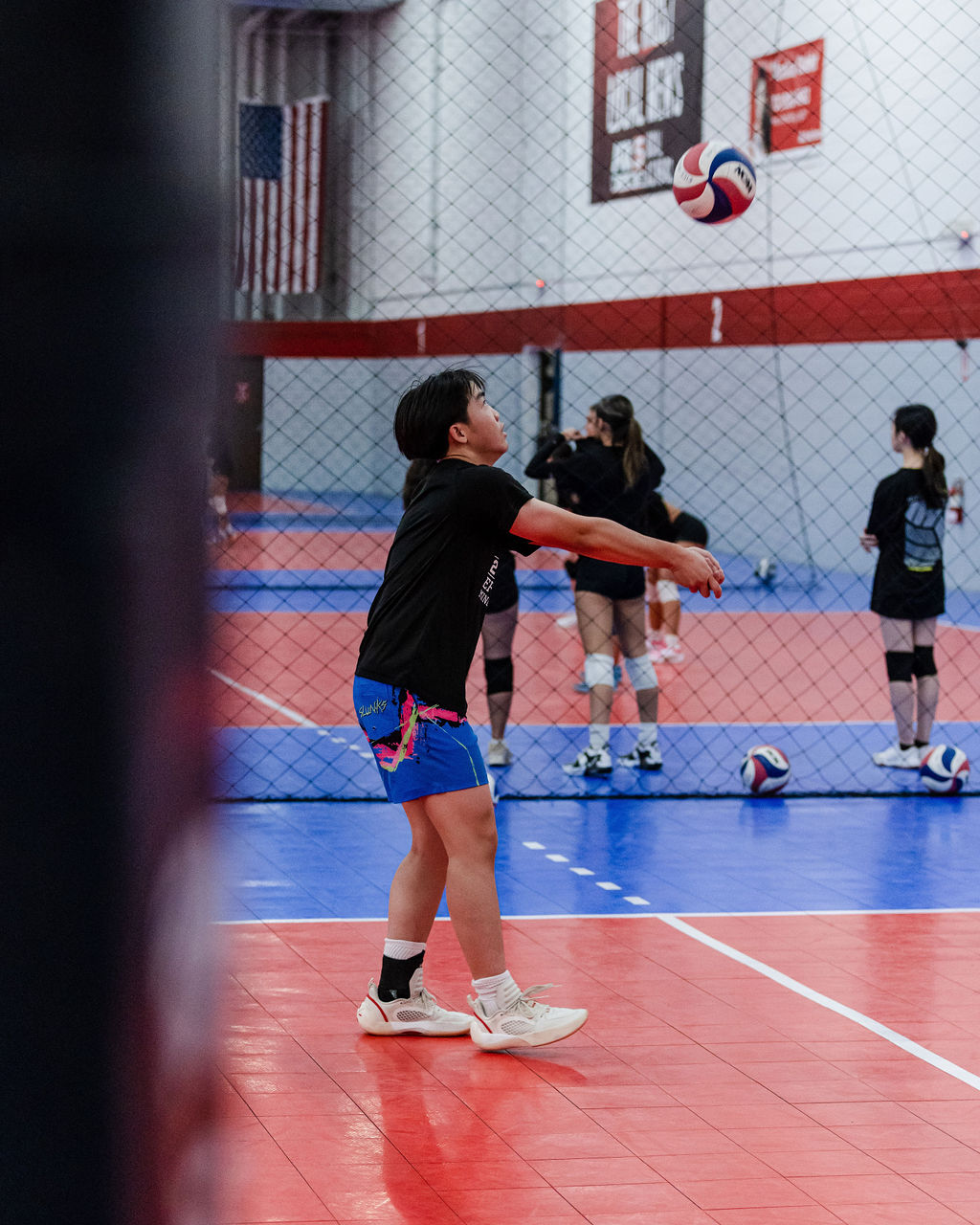 The forearm pass, also known as a bump or pass, is a fundamental skill in volleyball used to receive an opponent's serve or pass the ball to a teammate.
It involves using the forearms to control and direct the ball to the desired target.
The forearm pass, also known as a bump or pass, is a fundamental skill in volleyball used to receive an opponent's serve or pass the ball to a teammate.
It involves using the forearms to control and direct the ball to the desired target.Q: What is a forearm pass in volleyball?
A: The forearm pass, also known as a bump or pass, is a fundamental skill in volleyball used to receive an opponent's serve or pass the ball to a teammate.
It involves using the forearms to control and direct the ball to the desired target.
I like to work on this 3 person "Dodgeball" drill where the person in the middle has to choose which side to get their midsection out of the way of the oncoming ball that's being tossed at their chest before they present their passing platform with an angled shoulder positioned towards the target.
Q: How do I improve my forearm pass in volleyball?
A: Here are some tips to improve your forearm pass:
1. Keep your elbows straight to create a flat platform.
2. Track the ball from the server's hands to anticipate its path.
3. Keep your arms together when contacting the ball.
4. Keep both feet on the ground for better stability.
5. Quickly position yourself behind the ball with proper footwork.
Q: How important is forearm pass in volleyball?
A: The forearm pass is an essential skill in volleyball as it is often the first contact when receiving the opponent's serve.
A good forearm pass sets up the team's offensive play, allowing for better control and accuracy in setting up attacks. It is crucial for maintaining ball control and initiating successful plays.
Q: What equipment can help improve forearm passing?
A: Volleyball forearm passing sleeves are popular accessories used by players to protect their wrists, forearms, and elbows during passing and digging.
Brands like Mizuno and Nike offer volleyball passing sleeves (ad) that can enhance comfort and support while practicing or playing.
Q: Can I practice forearm passing on my own?
A: Yes, you can practice forearm passing on your own. You can perform passing drills against a wall, focusing on technique and accuracy.
Another option is to recruit a partner to practice passing back and forth, simulating game-like situations. Consistent practice and repetition will help improve your forearm passing skills.
Here are some volleyball drills for youth that you can do at home or in practice with a friend or teammate you are working out with at home or on their own or even during an open gym at your school.
Watch as Kenny and Jaylen work on controlling the ball to a consistent spot on the wall and then control the ball to themselves, then finally they control the ball to each other...repeatedly.
Q: Are there any specific drills I can do to improve my forearm passing?
A: Yes, here are a few drills you can try:
1. Wall Passing Drill:
Stand facing a wall and practice passing the ball against it. This helps improve technique and control.
2. Triangle Drill:
Set up three cones in a triangle shape and practice moving quickly between them while passing a ball. This improves footwork and positioning.
3. Pass and Move:
Set up a designated area and practice passing the ball with a partner while moving around. This simulates game-like movement and improves passing accuracy under different conditions.
My tips on How to do wall passing drills...
Volleyball wall passing and wall setting drills can be done daily at home with a goal of at least 250 - 500 reps of various drills to keep your
- passing or setting technique,
- angled platform work,
- ball contacting skills and
- control of the ball.....extremely sharp!
Pick a brick, a specific spot on the wall or mark a big X in chalk on a wall or use a basketball net or backboard ...no matter what you decide to use as your target... anybody walking by.... should be able to see exactly where the spot is that you are aiming for EVERY...single....time .
Do 3 to 5 sets of 100... five feet from the wall ....then side step two feet and repeat. Then step back and repeat.
Complete 300 to 500 passing repetitions
Q: What should I do if I struggle with forearm passing accuracy?
A: To improve your forearm passing accuracy, focus on the following:
1. Proper hand contact:
Make sure to contact the ball with the forearms, slightly above the wrists, creating a solid platform.
2. Eye on the ball:
Keep your eyes on the ball as you pass it, maintaining visual contact throughout the entire process.
3. Controlled body position:
Maintain a balanced and athletic stance with your feet shoulder-width apart, knees slightly bent, and weight forward.
Q: How can I generate more power in my forearm pass?
A: To generate more power in your forearm pass, consider the following techniques:
1. Use your legs:
Engage the muscles in your legs and core to generate power from the ground up. Bend your knees and use a slight upward thrust to add strength to your pass.
2. Follow-through:
After making contact with the ball, continue your arm extension forward and slightly upward. This follow-through motion adds power and accuracy to your pass.
3. Timing and anticipation:
Anticipate the ball's trajectory and aim to meet it at the highest point of its arc for maximum power.
Q: What should I do if the ball is coming at me too fast for a forearm pass?
A: If the ball is coming at you too fast for a forearm pass, you can use an alternative technique called the overhead pass or "volley." In this method, you use your fingertips to guide the ball, creating a controlled trajectory. However, mastering forearm passing should still be a priority, as it is the most effective and commonly used pass in volleyball.
Q: How can I develop good forearm pass footwork?
A: To develop good footwork for forearm passing, try the following:
1. Quick first step:
React quickly as soon as you see the server make contact with the ball. Take a small, explosive step towards the anticipated ball trajectory.
2. Shuffle and adjust:
Maintain proper balance and shuffle your feet to adjust your position as needed. This allows you to align yourself behind the ball and maintain stability.
3. Practice positioning drills:
Set up cones or markers on the court to simulate different serve placements. Practice moving quickly and efficiently to each marker, assuming the correct forearm pass position behind it.
Learn Coach April Chapple's Volleyball Passing Fundamentals With These Tips For Youth Volleyball Players
Volleyball Passing Fundamentals:
Where Do You Go From Here?
Where do you need to go now?
Your three options are:
- You can learn more about Passing in volleyball by visiting the Related Links below.
- Follow the suggested reading on our Sitemap page Learning How To Play (Sitemap)
- Or visit the pages in the How to Play Volleyball section in the drop down menu at the top of the page to get started.
- Before leaving this page Say "Hi" to Ms. Resee the Kangaroo, wearing the #11 jersey below. She's a left side hitter with precision passing and a member of the VolleyBragSwag All Beast Third team.
Meet Resee the Kangaroo and Passing Specialist on VolleyBragSwag's All Beast Team
If your athlete struggles with consistent serve receive, gets subbed out, or is overlooked for playing time—this is the fix you’ve been looking for.

Struggling with passing consistency?
I help talented passers tired of getting pulled from games because of inconsistent serve receive skills BUILD passing confidence without expensive private lessons using the same 3-step system that's helped dozens of my athletes get recruited.
Download my eBook for $17.99 and start building the passing confidence that keeps you on the court—and gets you seen by college coaches.
From Lady Vol to Legend: Coach April Produces Powerful Passionate Players...is that you?
What Are You Looking For?
Click to Download Your Pre Serving Ritual Mastery Checklist pdf:
🎯Volleyball Pre Serving Ritual Guide -
Players! Learn How To Transform Your Serve from Weak to Weapon
Click to Download Your Parent's Volleyball Serving Checklist pdf
🎯Parent's Volleyball Serving Checklist Guide
Parents! Help Your Player Develop Championship Serves (Even If You've Never Played)

Hi there!
Thanks for stopping by. Hope you learned something today that will help you reach your volleyball goals.
Be sure to subscribe to my email newsletter so you can learn more each week!
Stay strong! Stay motivated!
-Coach April

SUSCRIBE to my email newsletter below!
 Click to learn more about the weekly volleyball classes and clinics or email info@imrpoveyourvolley.com for information
Click to learn more about the weekly volleyball classes and clinics or email info@imrpoveyourvolley.com for informationCongratulations to my seven Boys-18s Vegas Volley club players who played in two state championship finals yesterday, the 3A and 5A State champinship finals at Sunrise Mountain High School.
TOURNAMENT CHAMPIONS!
A-1 Vegas Volley VBC
In It To Win It Tournament
May 2 - 4, 2025 Tournament
Gold Medalists
18s Premier Division
Vegas Volleyball's Unsung Heroes: Celebrating Moms with Peace Love Volleyball Shirts
Ready to energize your volleyball mom journey?
Subscribe to my 'Producing Powerful Passionate Peaceful Players' email list above on ImproveYourVolley.com.
You'll receive energy-boosting tips, exclusive insights from me, Coach April Chapple on maintaining momentum in volleyball.
Let's power up the Vegas volleyball scene together!
Recent Articles
-
5 Essential Serving Tips from Tennessee's #2 Career Aces Record Holder
Dec 09, 25 11:39 PM
I've identified the 5 essential serving tips that separate confident servers from struggling ones and you'll serve with the confidence that creates aces -
The Volleyball Toss How Consistent Is Your Ball Toss Before You Serve?
Dec 07, 25 12:29 AM
The volleyball toss for the overhand serve needs to consistently be two feet up in the air and one foot in front of front foot which puts the ball in front of your serving arm. -
Shop Small: Real Volleyball Training With + Results From A Real Coach
Dec 03, 25 10:30 AM
Support a woman-owned business. Get training from a former elite pro with 13+ years coaching experience. Ditch the big box store--invest in proven results.
 Resee the Kangaroo Shirts
Resee the Kangaroo Shirts Resee the Volleybragswag Kangaroo Shirts available now.
Resee the Volleybragswag Kangaroo Shirts available now.